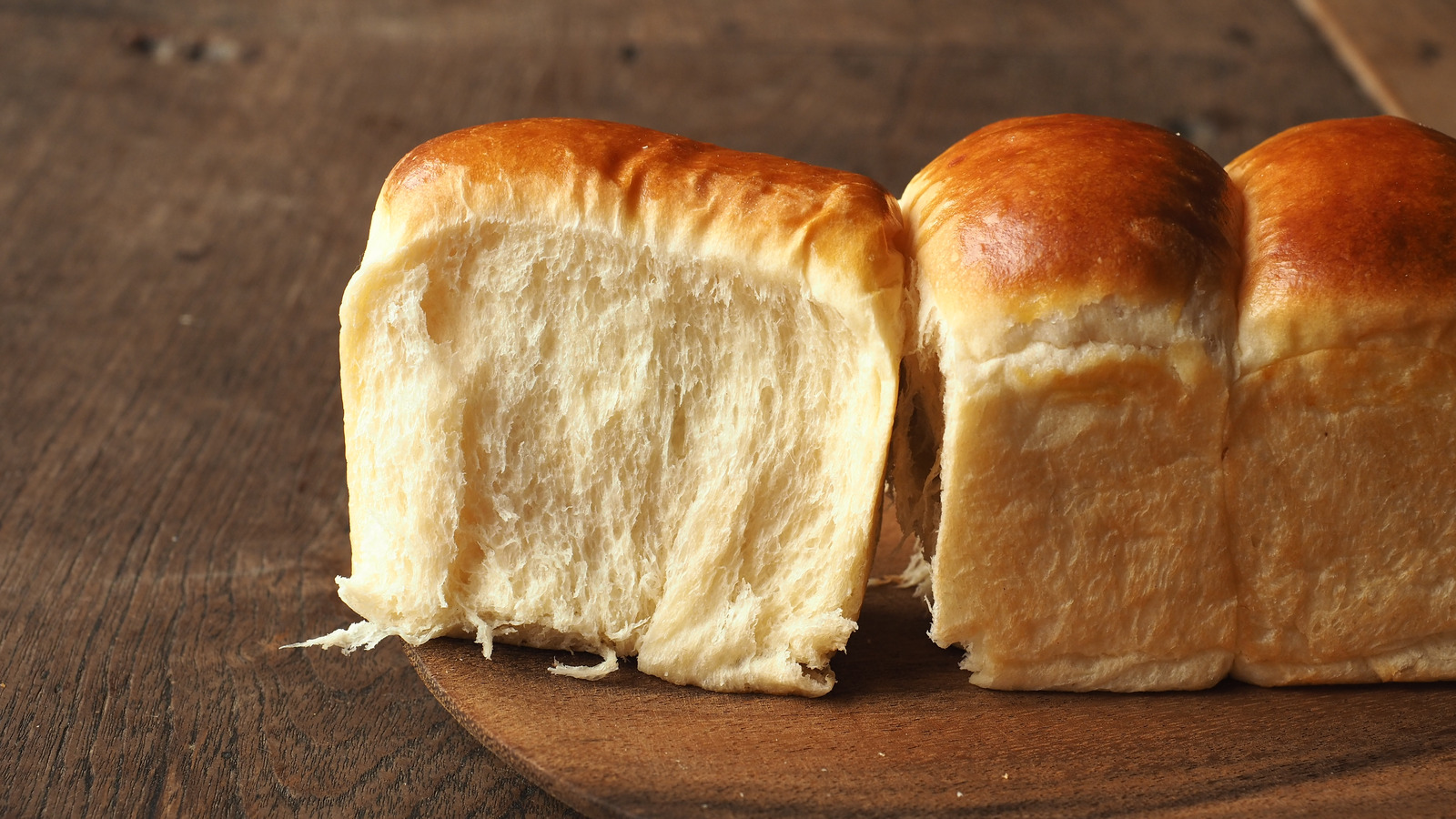
To understand how tangzhong preserves the texture of bread, you need to understand why bread goes stale in the first place. The starch molecules in raw wheat flour are arranged in a rigid, crystalline structure, but when you add water to the flour and expose it to heat, that structure comes apart. This process is called starch gelatinization, and it's the reason that freshly-baked bread is so soft. However, as the bread gradually cools, the moisture within it evaporates and the starch molecules return to their firm, crystalline state in a process called retrogradation.
Making bread with tangzhong greatly slows the retrogradation process because cooking some of the flour and liquid together before adding it to the dough pre-gelatinizes the starch. Flour is able to absorb a much greater volume of liquid when that liquid is hot. By making a tangzhong, you can incorporate more liquid into your bread, and consequently, it will take longer for that moisture to be lost, delaying the time it takes for your bread to go stale.
Tangzhong sometimes gets credit for the airy, melt-in-your mouth texture of Japanese milk bread, but that actually has more to do with the fat and sugar in these recipes. While crusty European breads are typically made with just flour, water, and yeast, many East Asian breads add butter and sugar. These contribute more to the bread's initial texture than tangzhong, and tangzhong's real role is in preserving that texture.
"bread" - Google News
August 01, 2023 at 04:15PM
https://ift.tt/BoWrZCH
Tangzhong Is The Key Method For Achieving Ultra Tender Bread - Daily Meal
"bread" - Google News
https://ift.tt/GbST0e7
https://ift.tt/nMyucwH
Bagikan Berita Ini














0 Response to "Tangzhong Is The Key Method For Achieving Ultra Tender Bread - Daily Meal"
Post a Comment